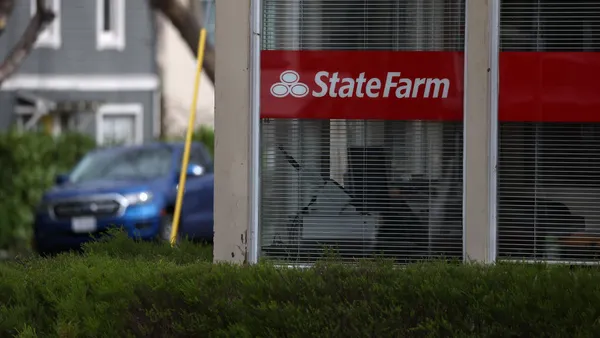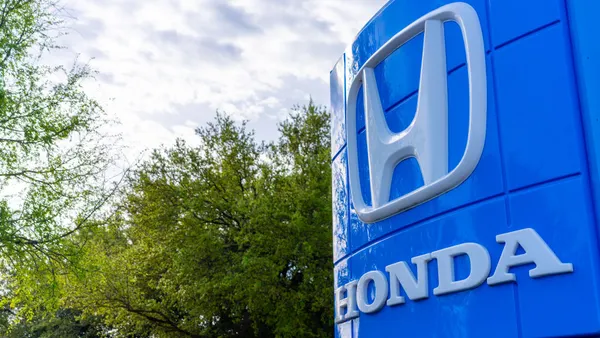Dive Brief:
- The U.S. Equal Employment Opportunity Commission observed higher job satisfaction, leadership confidence and perceptions of workplace inclusion in federal agencies with fewer age complaints, the agency reported in an analysis of older workers in the federal workforce, released Feb. 14.
- Between 2013 and 2017, the federal sector generated 8% to 9% more age complaints than the private sector.
- The report revealed disparities in several aspects of the federal workforce aged 40 and over. Men were more represented than women, EEOC said, and pay gaps based on gender and race were present.
Dive Insight:
In an announcement about its report, EEOC noted that individuals are working longer than ever before. "The fact that more mature workers are contributing their experience and talents to their employers is good for the country," said Dexter Brooks, associate director of the EEOC's Office of Federal Operations. "It also means the EEOC must continue to be vigilant in protecting their rights, and it behooves us to track and analyze the situation of older employees in every sector to see what lessons may be learned."
EEOC's focus on the public workforce was partially due to its size. The federal government is the largest employer in the U.S., the agency said, as it employs close to 3 million people. More than 70% of its general schedule workforce is at or above the age of 40, EEOC said. And while there have been "significant advancements" toward affording this population proper protections, age discrimination accounted for more than 30% of all federal sector complaints in FY2017, the agency said. The year saw 4,980 such age complaints filed with the EEOC.
While the public sector may see more complaints alleging age discrimination, the private sector faces similar claims. A recent lawsuit filed against IBM claimed an executive referred to older workers as "dinobabies." The suit also alleged the company launched large-scale plans to shrink its older workforce and prioritize younger workers. The lawsuit — which wasn't the first to make claims of age discrimination against the company — follows many accounts of ageism at high-profile private sector companies, especially in the tech industry.
As employers, public and private, attempt to better comply with the Age Discrimination in Employment Act, they can consider a couple of key areas that tend to produce age discrimination claims.
The first area is language. Certain phrases that are viewed as harmless outside the workplace can communicate discriminatory intent at the office, attorneys say. Managers may joke, for example, that "you can't teach an old dog new tricks." A recruiter could comment that a company is on the lookout for "new blood." Phrases like these can land employers in hot water, as they signal age stereotyping and age bias.
Another area attorneys tell employers to clean up is performance reviews and documentation. If an employer fires an older worker for poor performance, a record of detailed performance reviews can help prove the employer's non-discriminatory reasoning if it faces a complaint. But vague documentation — or no documentation — may play in the worker's favor.












